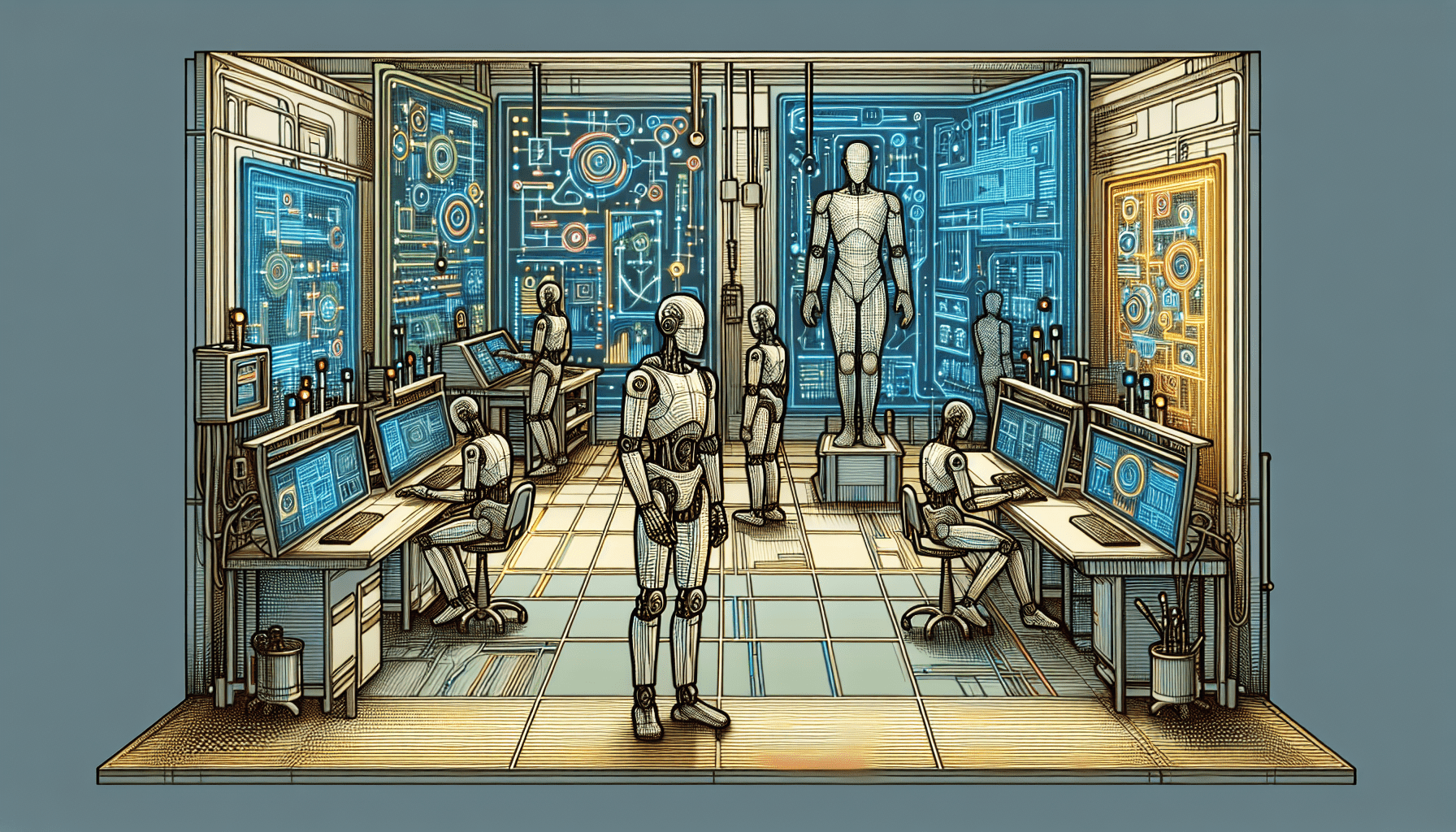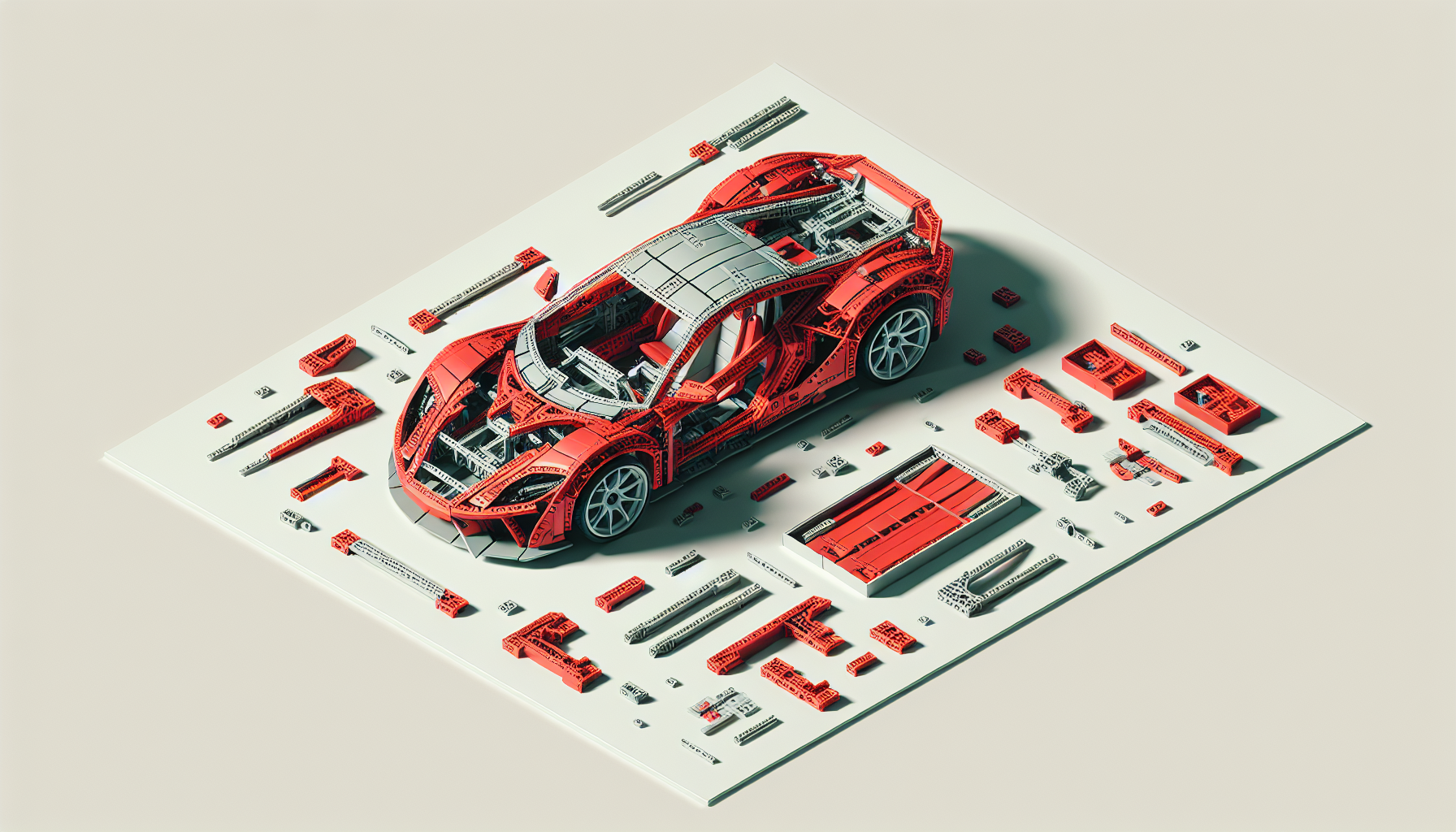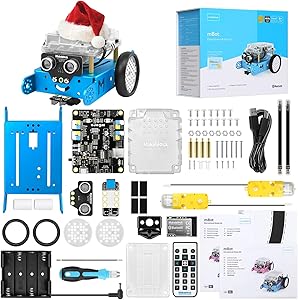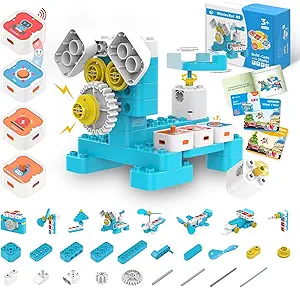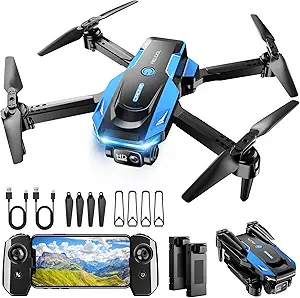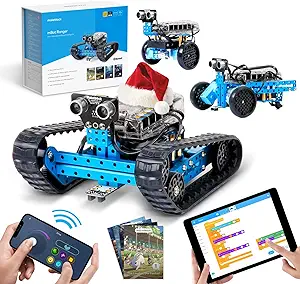Inside the HOVER Project: Shaping the Future of Robotics Control
Have you ever wondered how humanoid robots are getting closer to mimicking human abilities? The HOVER project, short for Humanoid Versatile Controller, is turning heads within the robotics community and pushing the boundaries of what we thought was possible with robotic control systems. With advancements in humanoid robotics transforming fields like automation and AI, HOVER stands to make a significant impact. In this article, we’re diving into the nuances of HOVER and exploring its potential to revolutionize the way robots operate.
Understanding HOVER
What is HOVER?
The HOVER project is the brainchild of Tairan He and a talented group of collaborators. This initiative aims to develop a versatile control system that can handle various tasks—all under one umbrella. The need for such a system in humanoid robotics is becoming clear as we venture into an increasingly complex world where adaptability is key.
Key Objectives
One of the largest challenges we face in robotics is creating systems intelligent enough to adapt to different environments and tasks. HOVER seeks to conquer this challenge by implementing multi-task adaptability in a single control system. This means instead of training individual policies for specific tasks—think cleaning, picking up objects or even navigating unfamiliar spaces—you get a single, unified controller that’s ready for anything.
How HOVER Works
Unified Control Mechanism
The strength of HOVER lies in its innovative multi-mode policy distillation framework. Unlike traditional systems that required distinct policies for every new task, HOVER brings diverse tasks together via one overarching policy. Imagine switching from walking to picking up a glass seamlessly—HOVER allows that flexibility.
Technical Insights
Diving deeper, let’s talk about full-body kinematic motion imitation. Yes, it sounds techy, but it’s really about robots learning how to move like humans. This capability is at the core of HOVER’s functionality. By leveraging this motion imitation, HOVER maintains control integrity while executing varied tasks and ensures smooth transitions between modes without missing a beat.
Improved Efficiency
No one likes waiting, especially when it comes to technology. One of the major triumphs of HOVER is its efficiency in training. The elimination of individual policy retraining means that robots can start new tasks without extensive groundwork. It opens up a world of possibilities for applications across numerous industries where every second counts.
Applications of HOVER
Practical Use Cases
So, what can this tech really do? Let’s take a look at some practical uses:
- Navigation: Robots can now operate in various environments, adapting as the terrain changes.
- Loco-manipulation: This is a fancy way of saying that robots can move and carry out tasks at the same time, think of a robot vacuum shifting around obstacles while picking up debris.
- Tabletop manipulation: Picture a robot assembling components or serving dinner, upper-body control is critical for precise movements.
Future Implications in Robotics
The excitement around HOVER technology cannot be overstated. It holds the potential to drive numerous developments in humanoid robotics. As the tech landscape continues to evolve, so too will our capabilities—better robots lead to innovative designs, smarter AI and improved automation. The sheer possibility is thrilling.
Community Reactions and Interest
What are others saying? Within the AI and robotics community, professionals are buzzing with excitement about HOVER. Social media platforms and tech forums have lit up with discussions and reactions highlighting the groundbreaking work being done. Researchers and industry leaders are vocal about the implications HOVER holds for the future of robotics, with many eager to see the technology unfold its potential.
Conclusion
The HOVER project isn’t just another advancement in robotics; it’s setting the stage for the future of humanoid technology. The integration of a versatile control system has the power to change how robots interact with the world, breaking down barriers in adaptability and efficiency. Keep an eye on HOVER and its implications on future robotic control systems—you won’t want to miss it. Engage with the community, join discussions, and let’s shape the future of robotics together.
Relevant Links and References
For those who want to dive deeper, check out the original research paper here: HOVER: Versatile Neural Whole-Body Controller for Humanoid Robots

